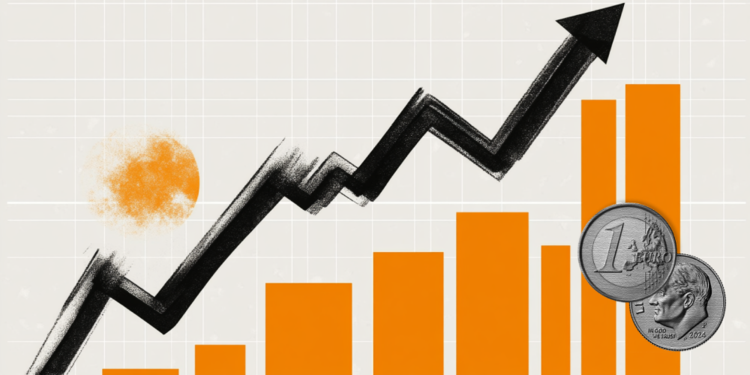Federal Reserve Bank of Chicago President Austan Goolsbee said Friday that long-term trends in labor market data and inflation justify the Fed easing interest rate policy soon and then steadily over the next year, according to MarketWatch.
Key quotes
The long arc shows that inflation is falling very significantly, and the unemployment rate is rising faster.
Given the more favorable inflation data and less favorable unemployment data, it is quite clear that the path is not just rate cuts soon.
He said he saw “more” warning signs about the slowdown in the labor market.
I don’t want us to base our decisions on just one data point.
If we stay tight for too long, we’re going to have to deal with the employment side of the mandate.
The continued weakness has raised the possibility that the labor market will continue to cool, and could “turn into something worse.
Market reaction
The US Dollar Index (DXY) is trading 0.02% lower on the day at 101.04, at the time of writing.
The Fed FAQs
Monetary policy in the United States is directed by the Federal Reserve (Fed). The Fed has two mandates: to achieve price stability and to promote full employment. Its main tool for achieving these goals is to adjust interest rates. When prices rise too quickly and inflation exceeds the Fed’s 2% target, the Fed raises interest rates, increasing borrowing costs throughout the economy. This translates into a strengthening of the US Dollar (USD), as it makes the US a more attractive place for international investors to park their money. When inflation falls below 2% or the unemployment rate is too high, the Fed can lower interest rates to encourage borrowing, which weighs on the greenback.
The Federal Reserve (Fed) holds eight meetings a year, at which the Federal Open Market Committee (FOMC) assesses economic conditions and makes monetary policy decisions. The FOMC consists of twelve Federal Reserve officials: the seven members of the Board of Governors, the president of the Federal Reserve Bank of New York, and four of the eleven regional Reserve bank presidents, who serve one-year terms on a rotating basis.
In extreme situations, the Federal Reserve may resort to a policy called Quantitative Easing (QE). QE is the process by which the Fed substantially increases the flow of credit into a jammed financial system. It is a non-standard policy measure used during crises or when inflation is extremely low. It was the Fed’s weapon of choice during the Great Financial Crisis of 2008. It involves the Fed printing more dollars and using them to buy high-quality bonds from financial institutions. QE typically weakens the US dollar.
Quantitative tightening (QT) is the reverse process of QE, whereby the Federal Reserve stops buying bonds from financial institutions and does not reinvest the capital of maturing bonds in its portfolio to buy new bonds. It is usually positive for the value of the US dollar.
Source: Fx Street
I am Joshua Winder, a senior-level journalist and editor at World Stock Market. I specialize in covering news related to the stock market and economic trends. With more than 8 years of experience in this field, I have become an expert in financial reporting.







